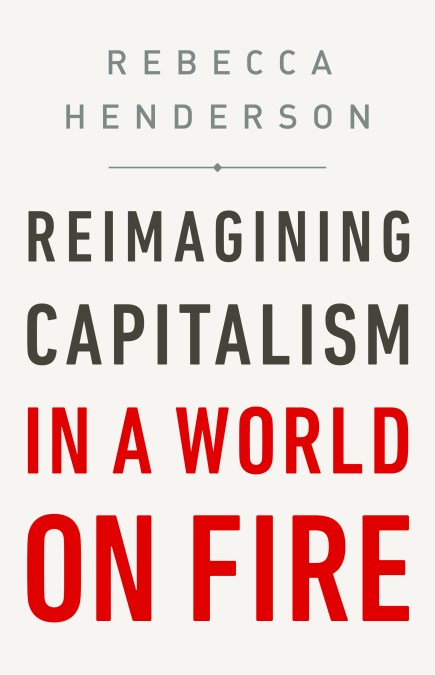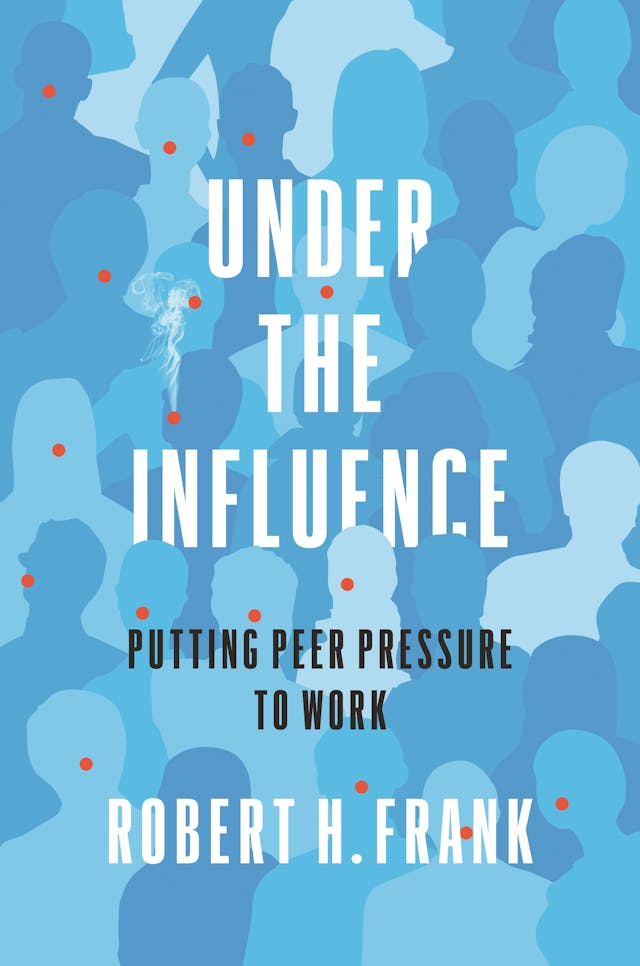A short article writen by Don Berwick sheds light on the main topics for the next future:
- The Speed of Learning
- The Value of Standards
- Protecting the Workforce
- Virtual Care
- Preparedness for Threats
- Inequity
Fate will not create the new normal; choices will. Will humankind meet its needs—not just pandemic needs—at the tempo the COVID-19–related morbidity and mortality demand? Will science and fact gain the high ground in guiding resources and behaviors? Will solidarity endure? Will compassion and respect be restored for the people—all the people—who make life agreeable and civilization feasible, including a guarantee of decent livelihoods and security for everyone? Will the frenzied world of commerce take a breath and let technology help simplify work without so much harm to the planet and without so much stress on everyone? And will society take a break from its obsessive focus on near-term gratification to prepare for threats ahead?Ps. Video in JAMA Network












